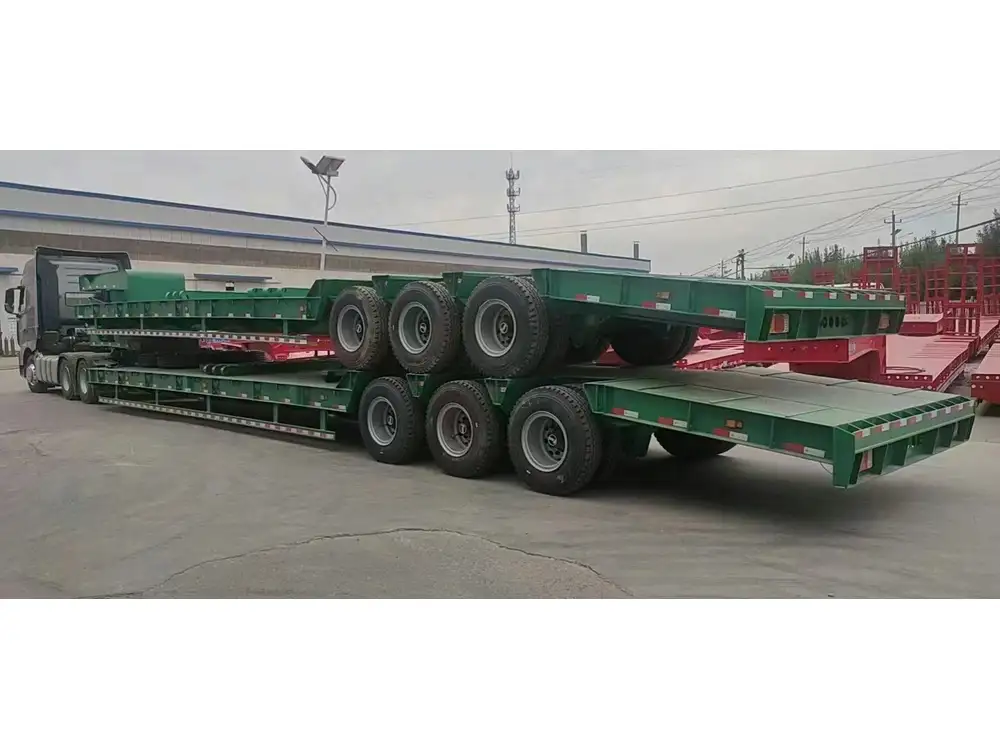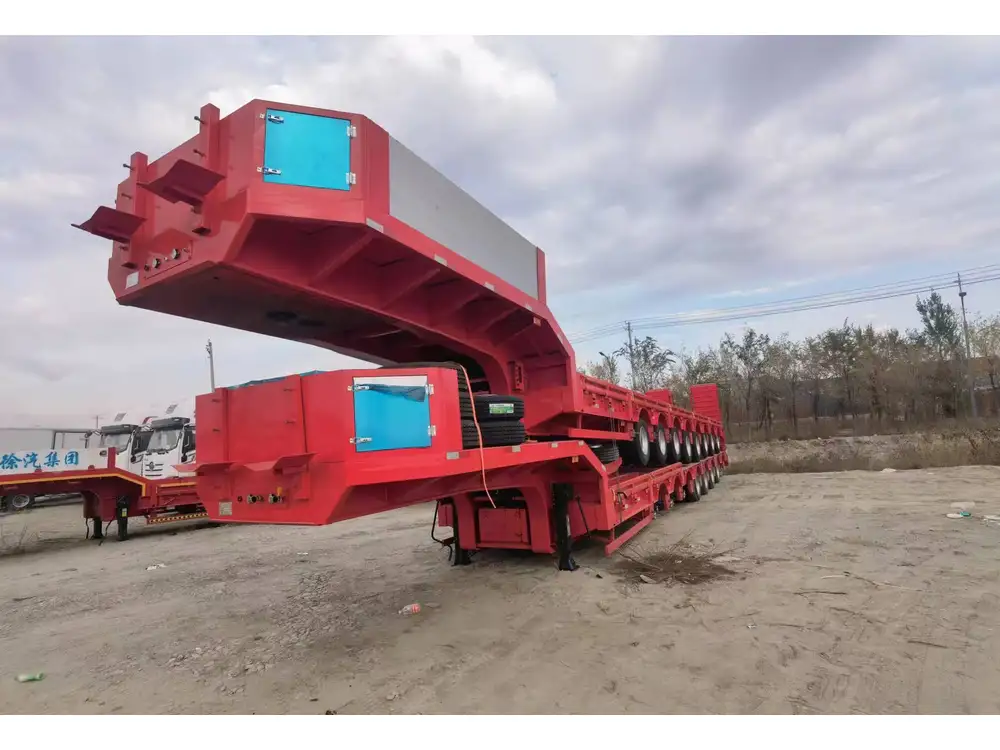When considering transportation options for vehicles, many individuals and businesses alike face a pivotal question: Can you haul a car in a dump trailer? This straightforward inquiry often unfolds into a more complex discussion involving the specifications, safety, and practicality of utilizing dump trailers for vehicle transport. This thorough guide will explore this topic in depth, addressing user concerns and providing the necessary insights to help our readers make informed decisions.
1. Understanding Dump Trailers: Features and Functions
1.1 What is a Dump Trailer?
A dump trailer is a versatile piece of equipment designed primarily for hauling loose materials such as soil, gravel, and debris. These trailers feature a hydraulic lift system that raises the trailer bed, allowing for easy unloading of content. However, their structural design raises critical questions when it comes to transporting vehicles.

1.2 Specifications of a Standard Dump Trailer
| Feature | Standard Size | Heavy-Duty Size |
|---|---|---|
| Length | 10 to 20 feet | 20 to 30 feet |
| Width | 7 or 8 feet | 8 feet |
| Weight Capacity | 10,000 to 14,000 lbs | 14,000 to 20,000 lbs |
| Material Composition | Steel, Aluminum | Reinforced Steel |
2. Can You Transport a Car in a Dump Trailer?
2.1 Assessing Weight Limitations
When addressing the feasibility of hauling a car using a dump trailer, the first factor one must consider is the weight of the vehicle. Most cars typically weigh between 2,500 and 4,500 pounds. Even the heftiest dump trailers, with a maximum weight capacity of around 20,000 pounds, can accommodate one or even two smaller vehicles.

2.2 Stability and Security
Furthermore, while the weight capacity may suggest that a dump trailer can haul a car, one must evaluate whether the trailer can securely hold the vehicle. It is crucial to take into account the following factors:
- Tie-down Points: Unlike car haulers that come with designated straps and tie-down points, dump trailers may lack these features, making vehicle securement challenging.
- Trailer Design: Dump trailers often have a wide, flat bed that is not designed for securing a vehicle properly. The risk of the car shifting during transport can lead to accidents or damage.
2.3 Legal Implications
Carrying a vehicle in a dump trailer raises potential legal issues, particularly regarding highway regulations and load securement laws. It’s essential to be aware of your state’s transportation laws to avoid fines or penalties.
3. Alternative Solutions: Better Options for Hauling Vehicles
While it’s conceivable to transport a car in a dump trailer under specific conditions, there are more effective alternatives. Below are options that we recommend considering over dump trailers:

3.1 Car Hauler Trailers
Car hauler trailers are specifically designed for transporting vehicles. They feature:
- Built-in ramps for easy loading and unloading
- Secure tie-down systems to prevent movement during transport
- Safety features that comply with industry regulations
| Advantages of Car Hauler Trailers | Limitations |
|---|---|
| Designed for secure vehicle transport | Usually more expensive than dump trailers |
| Available in various sizes | Requires more considerable investment |
| Enhanced safety features | Limited to vehicles only |
3.2 Flatbed Trailers
Flatbed trailers are another excellent option for vehicle transport. They allow for versatile loading and unloading options, especially for non-operational vehicles. Key features include:
- Loading flexibility
- Ability to carry larger or multiple vehicles
- Enhanced securement options
3.3 Tow Dollies
Using a tow dolly is an effective method for hauling two-wheeled vehicles while keeping them securely lifted off the ground. They offer excellent maneuverability and minimal strain on the towing vehicle.

4. Safety Considerations When Transporting Vehicles
4.1 Weight Distribution
Regardless of the trailer type used, ensuring proper weight distribution is critical to safe transport. Overloading any part of the trailer can result in tipping or instability.
4.2 Securing the Load
Using a comprehensive securing method, such as ratchet straps or chains, that complies with DOT guidelines will significantly reduce the risks of the vehicle moving during transit.

4.3 Inspect Before Hauling
Always conduct thorough pre-trip inspections of both the vehicle and the trailer. Check for damage to tires, brakes, and lights to ensure road safety for yourself and others.
5. Conclusion: Making the Right Choice for Vehicle Transport
In conclusion, while it may be technically feasible to haul a car in a dump trailer, various factors make it less than optimal. With more specialized equipment available for vehicle transportation, opting for a car hauler or flatbed trailer often ensures higher safety, legality, and securement.
5.1 Final Recommendations
- Choose the Right Trailer: Invest in a trailer designed for vehicle transport to ensure safety and compliance with regulations.
- Follow Legal Guidelines: Always adhere to local and federal transportation laws to avoid potential fines.
- Prioritize Safety: Ensure your load is secure before embarking on your journey.
By understanding the complexities of vehicle transport and making informed decisions, we can enhance our transportation operations and protect our assets efficiently. When considering options for hauling a car, always prioritize safety, legal compliance, and optimal fit for your specific needs.



